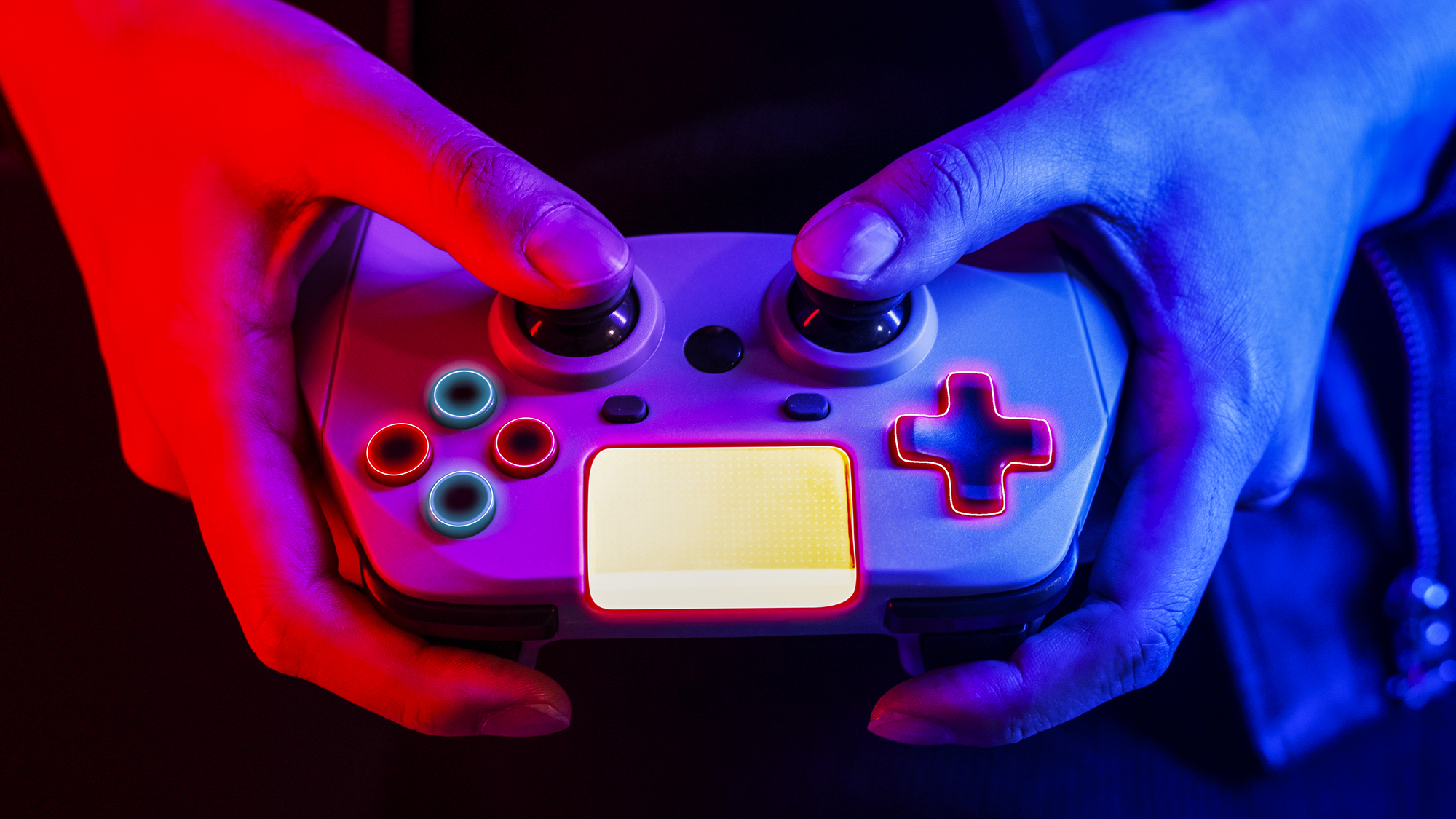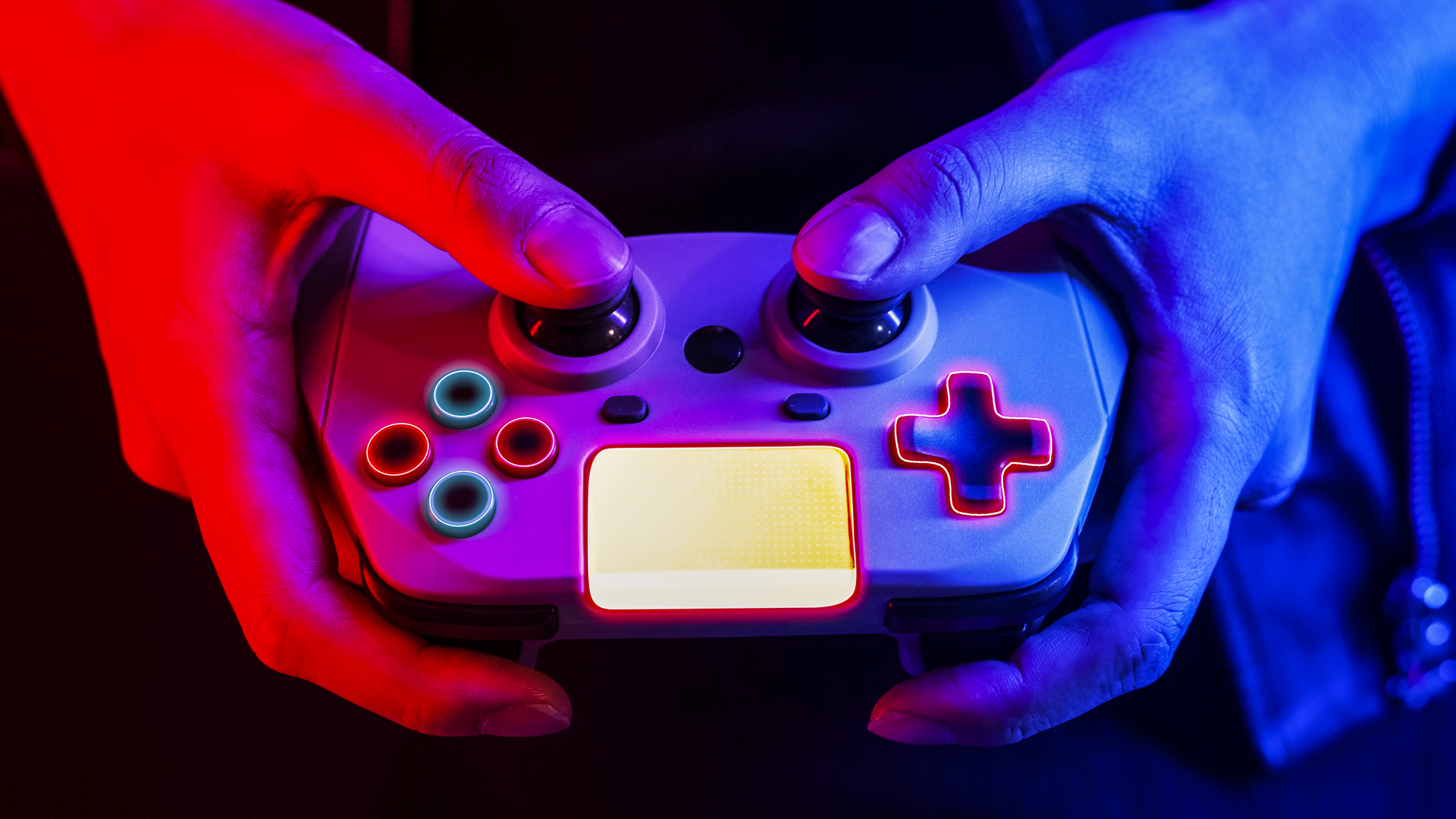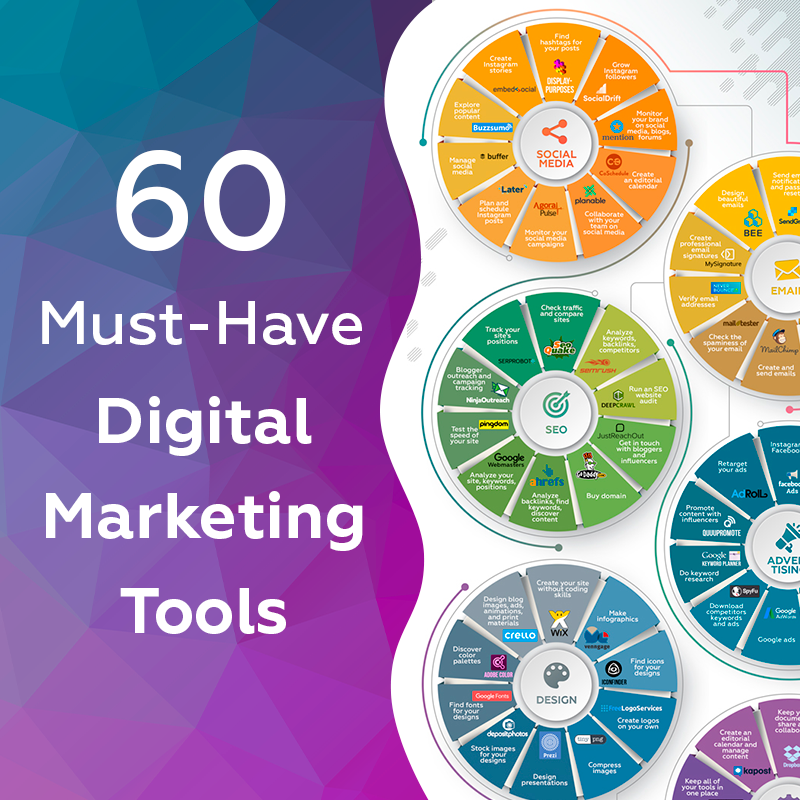Gamification in Marketing: Engage Your Audience Using Games
In today’s digital world, consumers almost always feel targeted by marketing activities. Tired of the constant stream of advertising, they often pay no attention to or ignore the offers carefully prepared by marketing departments. But there are forms of interaction that evoke a positive response from the vast majority. These, in particular, include gamification. Turns out that 70% of shoppers want to see gaming elements during online shopping.
What is the secret to gamification that makes it so attractive? To answer this question and discover what opportunities the integration of gaming experiences opens up for brands, we thoroughly explored this topic and are ready to share the most exciting discoveries with you.
What gamification is and how it works
Gamification means using game approaches in non-game environments. In other words, it is about using game elements, such as a system of points and rewards, in processes not directly related to the game. For example, when you collect game chips for purchases at a supermarket checkout or complete levels in a foreign language learning app, these are all forms of gamification that help motivate and engage audiences.
Gamification allows you to turn something potentially boring into a fun and exciting activity. But how exactly is this achieved? Well, gamification relies on human psychology, appealing to our natural desire for achievement. It is based on rewards for completed tasks. These can be points, honors, scores, levels, or other indicators of progress. No less important is the competition aspect. For example, when participants see each other’s scores and are eager to surpass others’ achievements. This approach drives the competitive spirit and keeps participants interested and engaged.
The History of Gamification
The concept of gamification is far from new, but the term itself appeared relatively recently — in 2002. It was invented by game designer Nick Pelling, who developed gaming interfaces for ATMs and vending machines. It was Pelling who named the strategy of using games as a business tool and this name is known to everyone today.
Although gamification is usually associated with the digital sphere, its principles were used long before the advent of the Internet. Examples of the business use of game elements can be found more than a century ago. In 1896, American company Sperry & Hutchinson released special S&H Green Stamps. Customers received these stamps at the cash registers of retail stores or gas stations, then pasted them into a special album. Afterward, they could exchange them for goods from a catalog. The program was so successful that it lasted until the 1980s. This is one of the brightest examples of using game mechanics through loyalty programs, which are a win-win way to attract your audience.
Gamification began its dynamic development at the end of the last century, when many companies started introducing their own reward systems. In particular, in 1981, American Airlines launched its AAdvantage loyalty program for regular customers. Today, almost every airline has a similar mileage system that encourages customers to stay loyal for additional bonuses.
But the real gamification boom occurred in the 21st century. In 2005, Bunchball was founded. The company specialized in implementing game mechanics into business processes. One of the brand’s first major projects was a community website created for the popular TV series The Office. It was a gamified social network where users became Dunder Mifflin employees, completed tasks according to the show’s script, and earned game money. In addition, different branches competed with each other on the platform, and the best representatives received very real prizes.
Another high-profile novelty was the launch of Foursquare, one of the most popular gamified social networks. This is a geolocation service that allows you to find new exciting places and check in at different locations, see what places your friends visit, receive rewards for check-ins, and even obtain the title of “mayor”. Although interest in the platform has significantly decreased over the past years, Foursquare still attracts users with its large database, social media integration, and, above all, its gaming component.
In 2010, research firm Gartner called gamification a significant trend and predicted that in the nearest future, over 70% of the Global 2000 organizations would have at least one app with gamified elements. In many ways, this prediction has come true.
Where is gamification used?
Today, gamification and game elements are used in a wide variety of contexts and areas. The most common include:
- learning. Examples familiar to many include mobile applications for learning foreign languages such as Duolingo or Babbel, where users collect points and progress through levels by gaining knowledge.
- health care. Some of the most popular gamified products are fitness apps, such as Fitbit or MyFitnessPal, which motivate you to build healthy habits and allow you to track your progress.
- HR. Gamification is often used in the recruitment process, in particular when candidates are evaluated using special games that allow them to demonstrate their skills and personal qualities.
- training. Today, many employers—from the US Armed Forces to Unilever—use game-based learning modules for training. Realistic simulations of real-life experiences are an effective and interesting alternative to practical training.
- business. Game mechanics are used to improve productivity, motivation, and cooperation in various business areas. For example, ratings of the best sales managers.
- marketing. For brands, gamification is a real find, as it allows them to effectively engage their audience, improve their loyalty, and create a community of fans.
Components of an exciting gaming experience
To figure out what exactly makes gamification such a popular and effective tool, it’s important to explore elements that form the basis of the gaming experience.
1. Goals
For a game to make sense, it must have a clear goal. The same is true for gamification; to maintain interest and motivation, a user must realize what the ultimate goal is.
2. Rules
Specific instructions and guidelines help users understand overall game logic and structure, and what they have to do to achieve goals.
3. Progress
To keep users interested, you need to show them their progress. In other words, show them how close they are to the goal. This requires game elements such as points, badges, or levels.
4. Business competition and challenges
Nothing sparks excitement and thrill like competition. Due to the already mentioned natural desire for achievement, users are always trying to outdo the results of other people. And challenges add motivation to not give up in the face of difficulties.
5. Reward
To encourage users to participate in a gaming experience, you need to offer them a reward. In its simplest form, it can be additional app features or a “leader” title. More sophisticated marketing strategies incorporate bonuses, discounts, or gifts.
It is also important to mention the key aspects of gamification that help combine the above-mentioned components into a coherent, consistent experience:
- dynamics involve the use of scenarios that engage users and require certain actions in real-time;
- mechanics refer to the use of game-specific elements such as points, statuses, virtual rewards, and goods;
- aesthetics are responsible for the overall impression of the gameplay, which contributes to better engagement;
- social interaction provides communication among users. Although it is not mandatory, it makes a gaming experience even more exciting and enjoyable, and encourages friendly competition among users.
Ways to use gamification in marketing
The effectiveness of gamification as a marketing strategy can be proven by the fact that 70% of the largest international companies use it in some way. There is even a special area of marketing called gamification or game marketing that uses game mechanics and game elements to attract customers and achieve other business goals. One of the main advantages of gamification marketing is its flexibility. It can be adapted to specific needs and implemented in various forms.
1. Advertising in computer games
This approach is also called brandification. It is about using computer games as channels for a brand or product promotion. This can be a simple advertisement banner or video that runs during a pause, or a more complex integration — when the advertised product becomes part of the game plot. In this way, brandification is similar to product placement in the film industry. The Roblox platform has taken advertising in computer games to a new level; the developers have created a special in-game Immersive Ads format in the form of 3D portals that allow users to enter the game world of a certain brand. For example, to the virtual skatepark Vans World.
2. Transmedia
This case involves using a finished media product on other channels to promote and monetize it. A striking example is the GoldenEye 007 game for the Nintendo platform. Initially, the game was created to advertise the same-name Bondiana movie, but ended up being more successful than the movie itself. A similar story happened with The Matrix. First, the Wachowski sisters made a movie, then published a comic book series, and later released a computer game based on the film. This way, they constantly fueled interest in the main product and were able to reach different audiences.
3. Advertising Games
Brands develop advertising games to promote a particular product or service. In addition, brands get the chance to increase brand awareness and audience loyalty, as well as to collect data about their customers and use it to improve their marketing strategy. Of course, not every company can afford to develop its own game, but top brands are constantly mastering this niche. Prominent examples include The Hard Way by KFC, where players need to make fried chicken correctly to exit the secret kitchen, or Nike’s Reactland, an immersive experience that turns shoppers of the brand into the heroes of the game.
What are the benefits of gamification?
According to analytics, brands that use gamification in marketing have a chance to get a 7X higher conversion rate. But the opportunities offered by this strategy are not limited to conversion. Integration of gaming approaches into marketing activities allows you to:
- increase audience engagement. Well-thought gamification generates curiosity and encourages a competitive spirit. Add the element of reward and recognition here, and you’ll get a win-win scheme for effective engagement.
- improve brand awareness. When a brand offers a truly immersive gaming experience, users are more likely to tell their friends and social media followers about it, which naturally leads to higher brand awareness.
- boost motivation. By appealing to the natural desire to win and healthy competition, gamification encourages users to keep interacting.
- build a community. The use of social interaction elements, such as communication tools and team tasks, helps create a sense of unity and community.
- collect data. Gamified products often collect data about users, including their behavior and preferences. This information can be useful for finding areas for improvement and customizing marketing strategies.
How to integrate game elements into marketing activities
The above-mentioned examples of gamification from well-known brands are mostly complex and expensive to implement, but it is possible to create a gaming experience without spending much money or effort. We have gathered the easiest ways to use gamification in marketing, among which everyone will find their perfect option.
1. Create a loyalty program
Why not show your customers how much you value them and create a gamified reward program? The easiest option is a bonus system, where the more money clients spend on your products and services, the more points they earn. Later, they can convert these points into discounts for future purchases. This will help improve customer loyalty, as they are more likely to return to brands that offer additional features.
2. Arrange a contest
If your goal is to increase brand awareness and reach, consider organizing a contest. Contests are an interesting and exciting activity that add a sense of thrill and make people eager to win. You can offer users prizes or discounts that would motivate them to join the contest. As an additional bonus, you can get fan content from users who will talk about your contest.
3. Integrate an existing game
It’s not as complicated as it might seem at first glance. You’ve definitely come across examples of such integration many times. For example, a roulette wheel inviting you to spin the wheel and get a discount. Such game mechanics are effective because, on a psychological level, users feel like they’ve earned this discount and are more likely to use it.
To wrap up
Gamification offers an immersive, interactive experience that is both motivating and relaxing, which is exactly what many people are looking for. The undoubted advantage of game interaction is that it is desirable for users, unlike many marketing approaches. Gamification opens up a huge field of opportunities for brands. By providing users with an engaging gaming experience, you have a good chance of improving audience engagement, brand awareness, and conversions. Don’t be afraid to experiment to find a winning strategy!
Other articles that may interest you
Silent Persuasion: 7 Strategies for Successful Stealth Marketing Campaigns
The Power of Humor in Marketing: How to Make Jokes for Business Benefit
Guerrilla Marketing: Creative Strategies for Standout Campaigns











